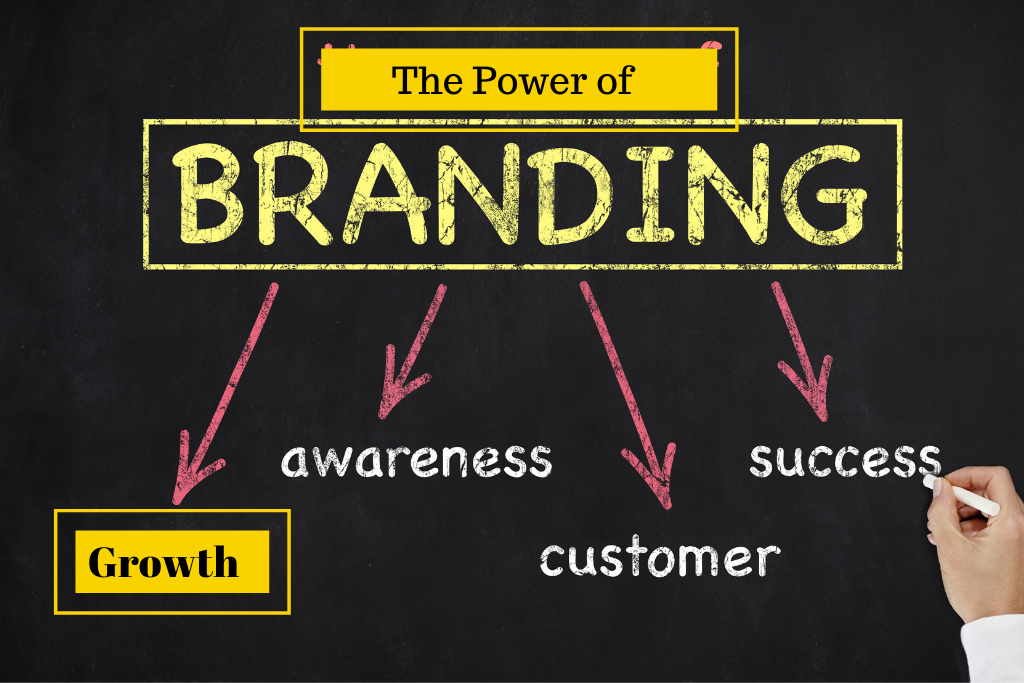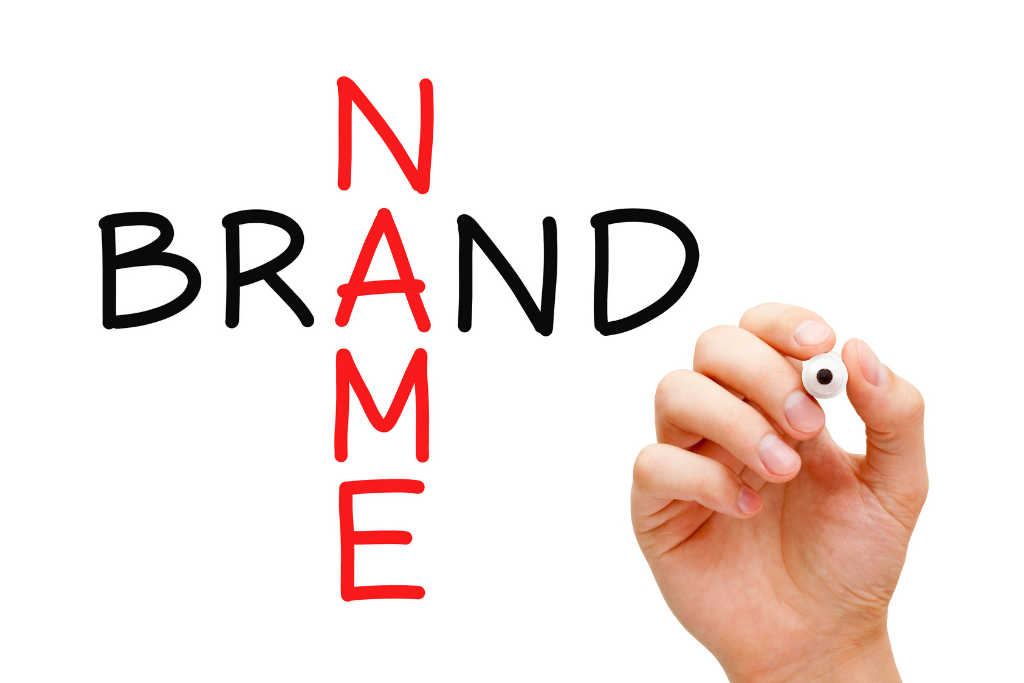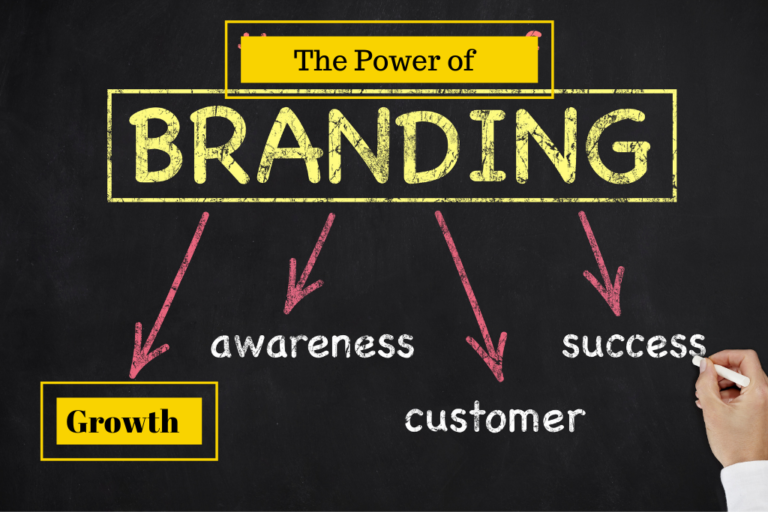Build Your Brand: 5 Key Areas of Branding
Building a strong brand will allow you to stand out from the competition, position yourself as an expert and make an impression on your customers and followers.
What is a Brand Simple Definition?
Before I go down to branding, I would like to explain the brand concept. A brand is a product, service, or concept that is publicly distinguished from other products, services, or concepts so that they can be easily communicated. It is the way a company, organization, or individual is perceived by those who experience it.
Branding on the other hand is about creating the bridge between your products and the targeted customers. This shortens the buyer’s journey to choose your products rather than any other alternatives without any hesitation. A brand helps to set you apart from your competition while maintaining customer loyalty to your company and product or services.
Effective branding requires a branding strategy, which is a long-term plan for the development of a successful brand in order to achieve specific goals.
There are 5 Areas that are Used to Develop a Brand
Advertising
Two primary types of advertising exist:
Brand Advertising
Brand advertising is about connecting and reaching out to potential customers to not only offer solutions they need but to establish and build a connection with them over time. It is both engaging and memorable. The overall goal is to raise brand awareness and promote brand image in the long term, leaving a lasting impression.
Performance-based/ Direct Response Advertising.
Performance-based/ direct response advertising is meant to drive immediate action from a user, since the goal may be to generate leads, buy a product, read your blog post, join a newsletter, or refer a friend. The bottom line is, ROI (Return On Investment) is expected immediately. Thus, advertisers are able to access performance from the moment the campaign is launched.
Customer Service
Every entrepreneur would agree that customers are the lifeblood of our businesses, and that interacting with those customers is vital.
Promotional Merchandise
Promotional merchandises are items on which a logo, slogan, or other marketing message is imprinted. It is then distributed at little or no cost to promote a brand, corporate identity, or event. They can drive consumers to your business, establish customer loyalty, and bring instant brand recognition in a cost-effective way. That way, you will keep an organization’s name and information in front of its target audience.
Below are the most popular promotional items that can be given out to consumers for branding purposes:
- T-Shirts.
- Custom Tote Bags.
- Promotional Drinkware.
- Apparel.
- Promotional Power Banks.
- Promotional USB Drives.
- Accessories.
- Custom Desk Accessories.
- Headwear.
Reputation
Brand reputation refers to how a particular brand (whether for an individual or a company) is viewed by others. It signals to consumers whether or not you or your company can be trusted with their time, energy, and money.
Maintaining a positive brand reputation increases customer loyalty, builds confidence in the market, and helps position you as a leader in your space.
This can be achieved using strategic brand reputation management tactics.
Below are techniques that can be used for evaluating a company’s reputation:
- Social Media analysis
Social media reputation management is the process of tracking, monitoring and ultimately eliminating negative social media material about your brand to improve your name or standing. If done properly, social media reputation management builds your credibility to customers, which strengthens their trust in your brand.
- Surveys of stakeholders (customers, employees, investors)
- Focus groups
- Public opinion polls.
Logo
A logo is a graphical representation and a point of identification of your brand. A good logo should encompass what your brand means through imagery, color, font, and background in such a way that it entices a new client or a customer to seek out your services or make a product purchase. It must trigger a positive recall about your brand that the name of your company alone might not.
Why is Branding Important?
Branding Provides a Competitive Advantage.
Competitive advantage is defined as the ability to stay ahead of present or potential competition. This is typically done by evaluating the strengths and weaknesses of competitors and seeing where you can fill in the gap or step up and improve. A competitive advantage must be difficult, if not impossible, to duplicate.
There are three different types of competitive advantages that businesses can actually use:
Cost Competitive Advantage
Cost competitive advantage is when a company is able to utilize its skilled workforce, inexpensive raw materials, controlled costs, and efficient operations to create maximum value for consumers.
Product/service Differentiation
This advantage over competitors is gained by offering consumers greater value, by means of providing greater benefits and service that justifies higher prices.
Niche Strategies
Recently we have seen more business models focusing on niche brands instead of broad brands. This approach allows business owners to master those niches and become experts in their chosen niches. It is this expertise that enables the business to offer consumers greater value and outperform its competitors. This allows a company to achieve superior margins.
Brands Set Expectations
“A brand is a set of expectations, memories, stories, and relationships that, taken together, account for a customer’s decision to buy one product or service over another.” Seth Godin.
By definition, customer expectations are any set of behaviors or actions that individuals anticipate when interacting with a company.
Historically, customers have expected basics like quality service and fair pricing. However, modern customers have much higher expectations, such as proactive service, personalized interactions, and connected experiences across channels. The brand design, messaging and tone give customers a clue as to what to expect from a business.
Brands Provide Economic Value
It is very important to manage your brand with a persistent focus on creating value for customers and for the business. If brands do not create value, nothing else matters.
Brand value creation means creating a brand promise of a valued, relevant, differentiated, trustworthy experience that is delivered consistently. Creating and delivering a trustworthy branded value proposition is the source of brands. At the end of the day, every customer wants value for his/her hard-earned cash.




![How to Increase Brand Awareness Successfully [Strategy] Innovative-Ways-to-Increase-Brand-Awareness](https://createandleave.com/wp-content/uploads/2020/08/brand-awareness.png)






